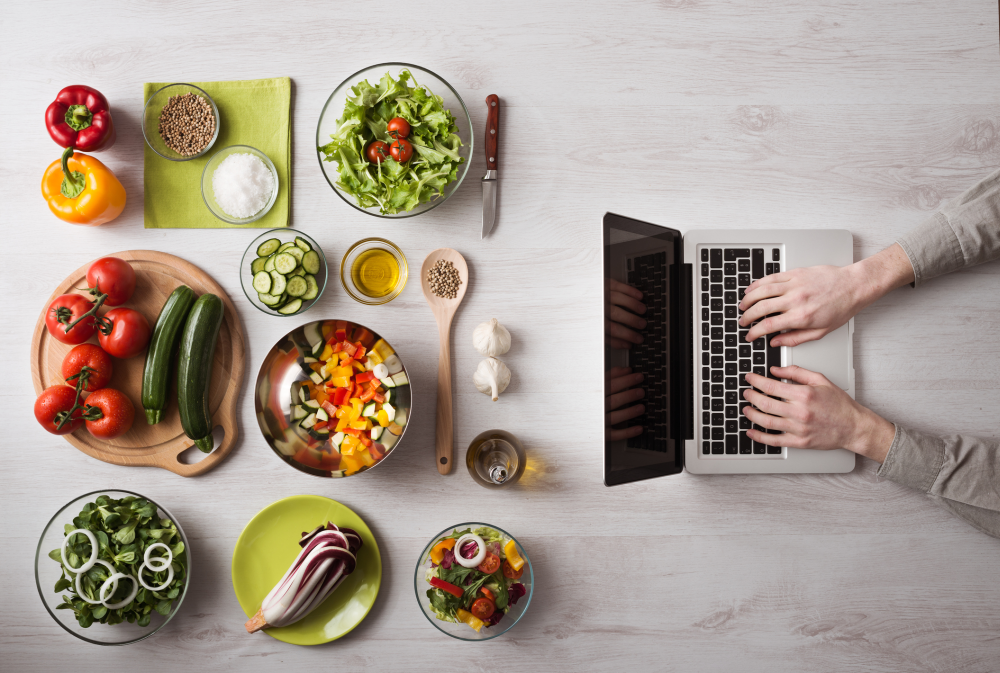The food industry is quite a unique one. It was able to better endure several crises compared to other industries, at least in Italy. This is also the case for the global health pandemic we are currently witnessing. To support this statement, Nielsen data displays a sharp sales increase in March 2020 vs last year for flour + 185%, tomato sauce + 82%, and pasta + 65%. A clear sign that even during the worst crisis food – from general staples to premium specialties – still provides a source of comfort and security people cannot simply forego.
And if during lockdown there were long queues outside supermarkets and grocery stores, it must be acknowledged that part of the growth in the food sector was certainly supported by e-commerce. However, in Italy e-commerce platforms are still not sufficient to satisfy consumer demand. In 2019, the online Food & Grocery market was worth almost 1.6 billion euros, only 5% of the entire Italian e-commerce demand. A significantly lower percentage than in France, Germany, the UK and the USA.
Just as an overview, the e-commerce food industry can be divided into three main sub-categories:
- Online grocery shopping: in Italy this is definitely a sub-category that still has a lot of room for growth. Only few supermarkets (e.g. Coop, Carrefour, Esselunga) currently provide this service that saves precious time and energy for many consumers. What is more, the option of online grocery shopping is made available mostly in large urban areas of the country and has very little presence smaller towns and the countryside.
- Local premium specialties and wine: this is the most mature sub-category. It is mostly represented by “niche” products (e.g. coffee capsules, special wines and spirits) not present in supermarkets or in large distribution chains.
- Ready meals and take away: this kind of service is provided by companies such as Deliveroo, Just Eat and Glovo but available mostly in large urban areas. During the pandemic however, online orders for delivery and take away were also carried out by small, local restaurants showing a small digital shift for these businesses.
Here below is some simple but vital advice (especially in times like these) to make your food items available online:
E-commerce platform: let’s start from the basics. All companies, even those not in the food sector, should have an e-commerce platform nowadays. The transition of purchases in physical stores to online ones is a natural development of the state of uncertainty caused by the pandemic that we still experience today.
Matching e-commerce platform with social media activity: let’s be crystal clear: no consumer will be genuinely motivated to visit your e-commerce platform without an interest in the products you have to offer. This interest can be created though a compelling social media content and a clear strategy, developed by professionals.
Investing in social ads: sponsoring social media content is a real investment that will ensure that content will be shown to the right audience at the right time. This requires to constantly monitor KPIs and to closely observe how your audience is segmented, develops and evolves in order to maximize the return on investment.
Engage: We will never get tired of repeating this mantra “drawing attention is easier than selling”. Yes, we also know that the word “engagement” is one of those buzz words that are a little bit all over the place but once again we want to stress the importance to engage the audience and include it within your social media talk. This can be done through contests and co-creation activities. An example for this is the work we have done for the wine and spirits company Gagliano Marcati, where we asked the social media audience to take part in a contest by creating cocktail recipes. An epic success!
0


